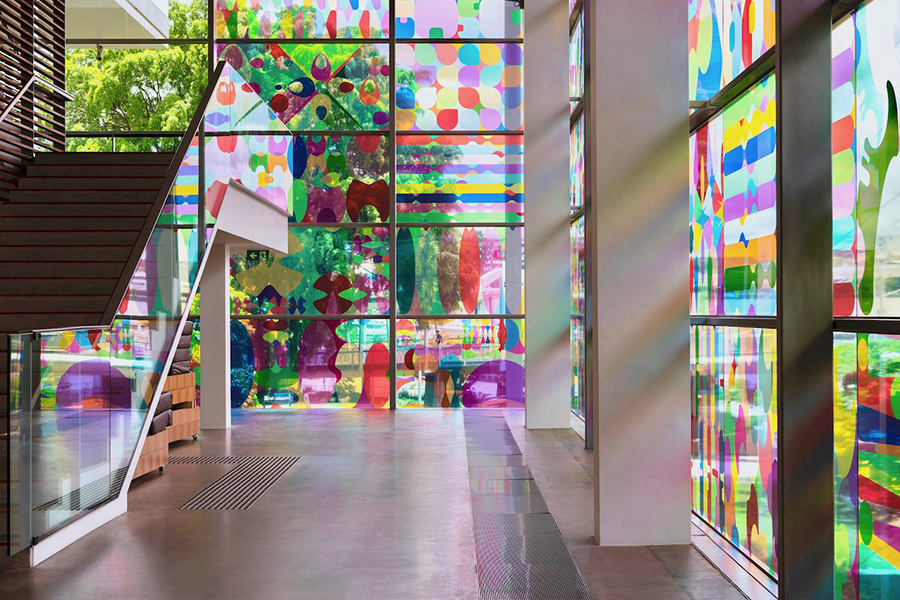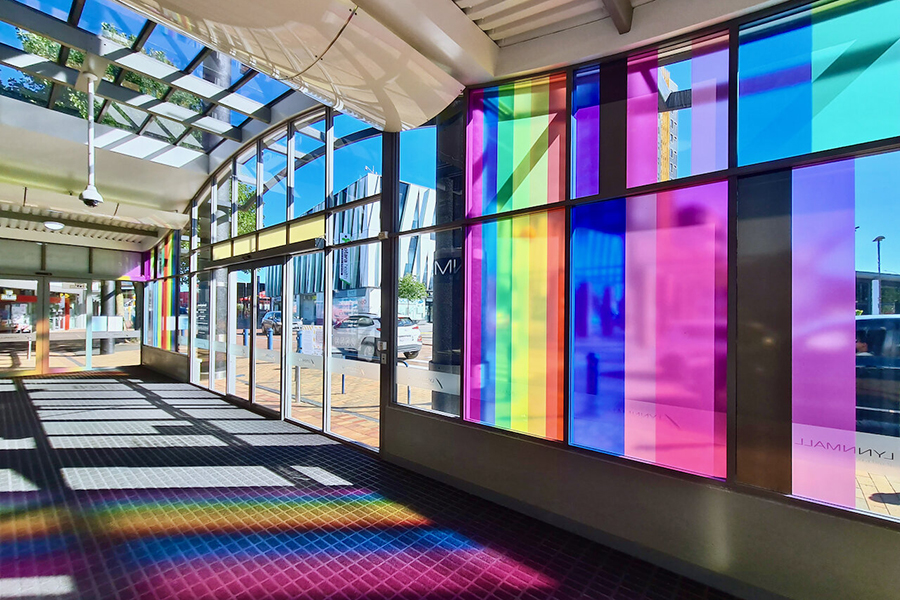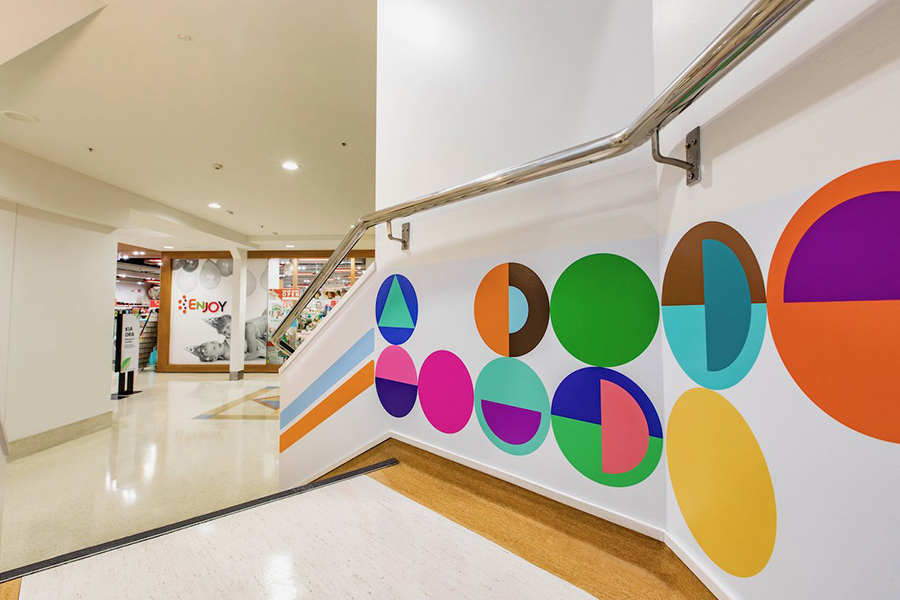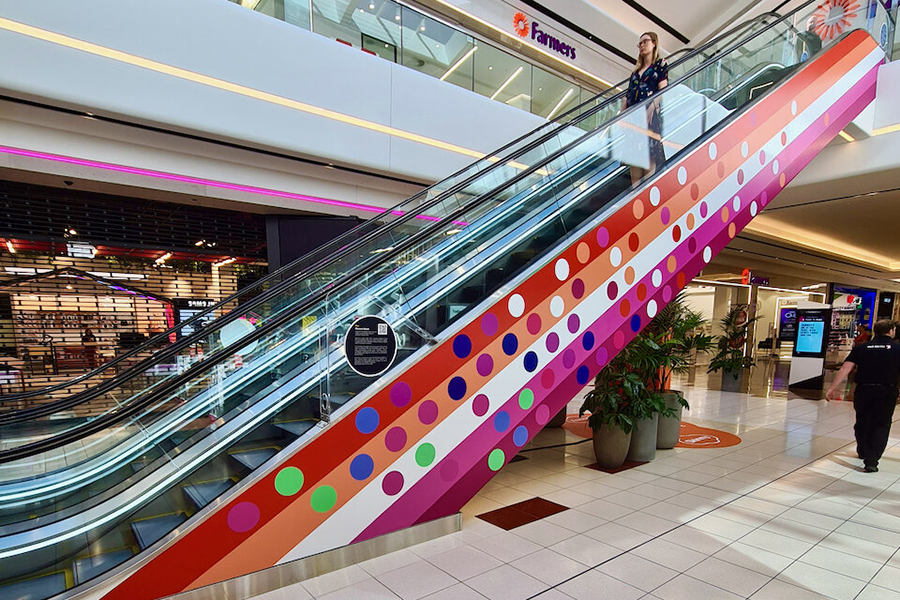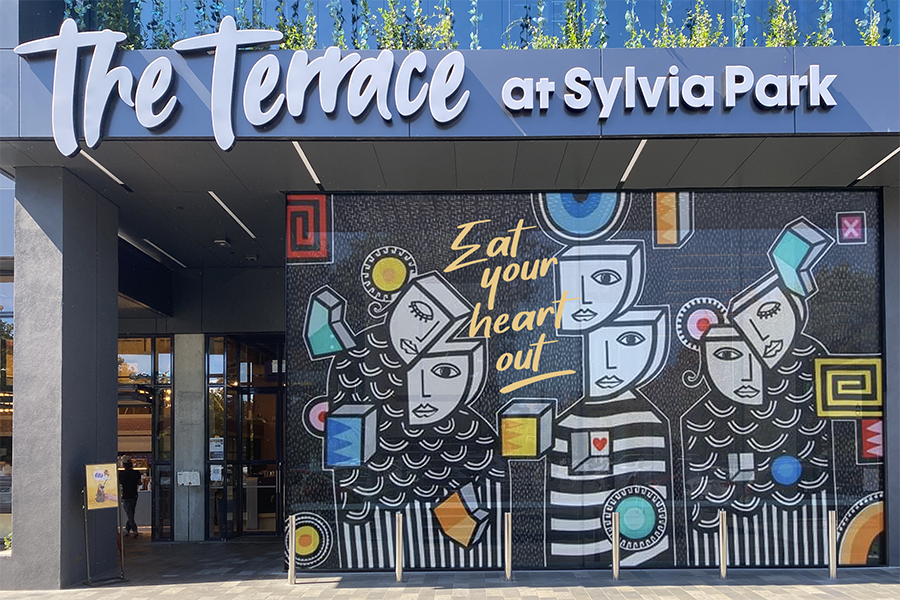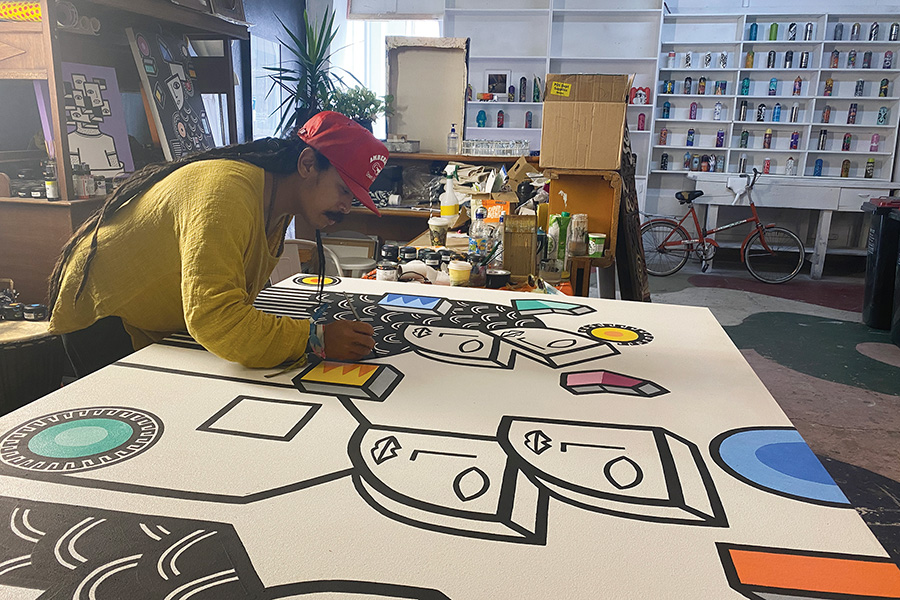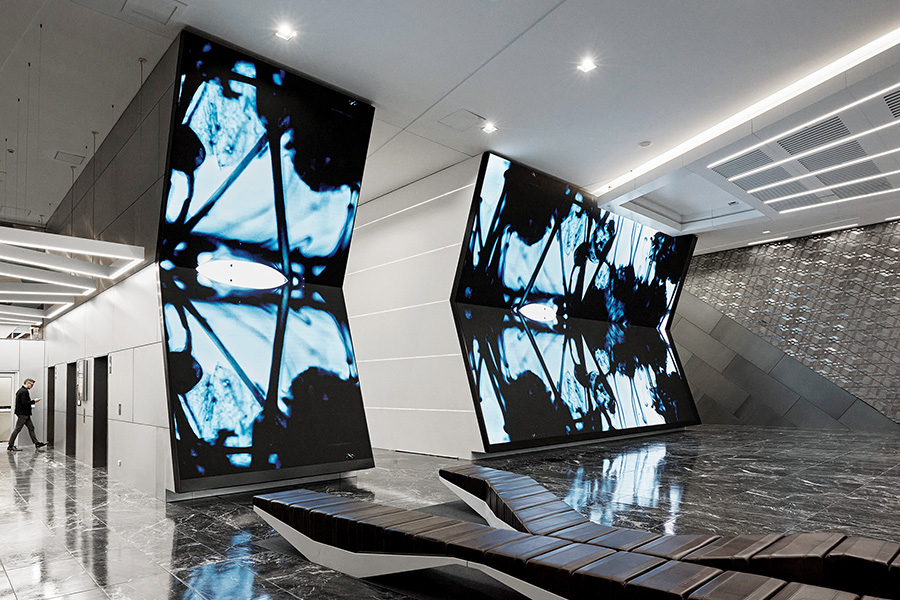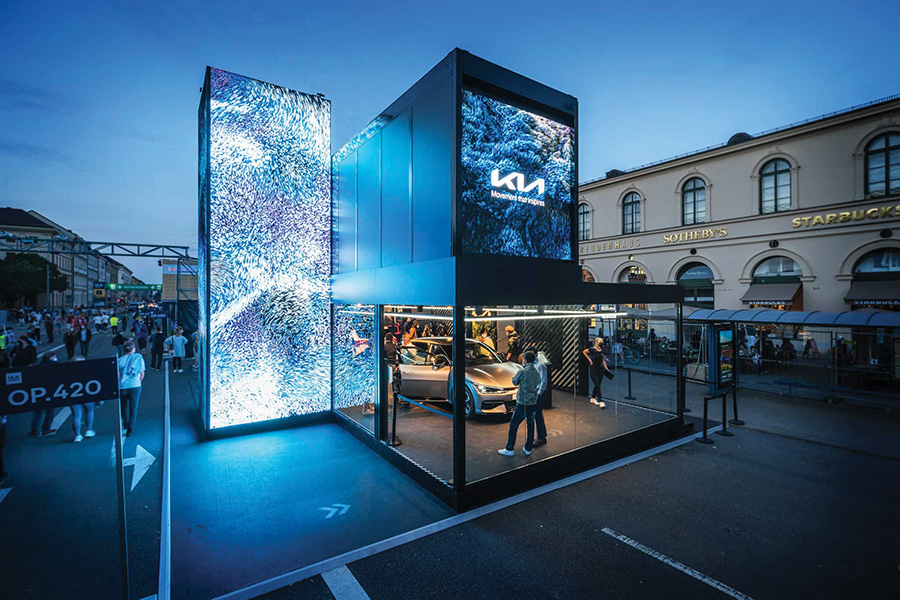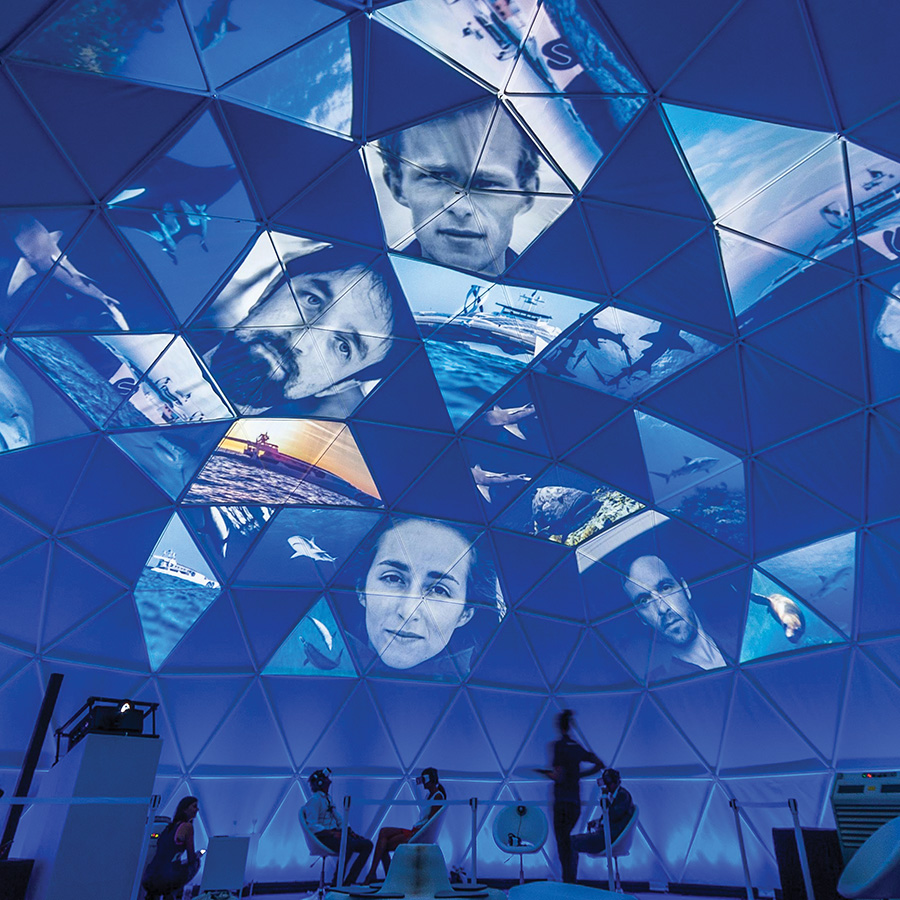‘A city without poets, painters and photographers is sterile’. It’s a quote from this article. That being the case, what about our centres? Shopping centres are often described as ‘the centre of a city/town with a roof over it’. Do our centres have poets, painters and photographers’ contributions? Some do – but what are the benefits? This article by Kelvin Taylor, Project Director at Diadem, was featured in the latest issue of SCN magazine.
Retail and brand activation is a common happening for shopping centre owners, retail spaces and individual brands who adopt ephemeral and campaign-based activations to spark interest and raise awareness. This is a tested and successful way of creating an emotional connection between the brand and the targeted audience. Potent results from this form of brand activation experience can be achieved when multiple touchpoints or channels are engaged, including on-site activity and online media.
Many owners and developers are adopting more permanent forms of built environment activations and interventions that engender more lasting connectivity between the user, the physical space, brand values, and social and cultural content associated with place. In many cases, permanent or semi-permanent applications involve a much richer creative pool of designers, artisans and content creators that are part of the local community and understand issues that relate specifically to the place of engagement. This results in greater authenticity and cultural meaning.
- ‘Art at Sylvia Park’
- ‘Art at Sylvia Park’
- ‘Art at Sylvia Park’
- ‘Art at Sylvia Park’
Art connects community
Sylvia Park, located in the Auckland suburb of Mount Wellington, is a good example. Owned by Kiwi Property Group, Sylvia Park is New Zealand’s largest shopping centre hosting more than 200 retailers, a hotel and business park. As part of Sylvia Park’s expansion, architectural interventions were designed to activate the existing entries and feature the centre’s brand and dynamic content. One of the program integrations was ‘Art at Sylvia Park’, a broad art and cultural trail of discovery activated across the centre with more than 14 permanent pieces reflecting the history of the area through architecture and public display. In many cases, the commissioned artworks showcase social and culturally significant content created by locally-based artists.
Entitled ‘Move Together’, the activation is an ongoing collaboration between Kiwi Property and other developers and cultural institutions, with Aotearoa-based LGBTQI+ artist Shannon Novak.
The activation aims to acknowledge, support and celebrate diversity and inclusion in shopping centres and office buildings, creating a long-lasting connection to the community.
- Artist, Dali in progress
Artist Dali Susanto was engaged to produce a mural for the main entrance to The Terrace at Sylvia Park, the upper-level dining destination. Aptly named ‘Eat Your Heart Out’, the artwork is playful, bold and colourful, and appeals to a younger demographic. The artwork was then transposed on to entry glazing and other collateral, such as masks, bags and coffee cups.
Architecture, atmosphere and amenity
At GPT’s Melbourne Central, permanent activations of the interior spaces take on a much more architectural application. Large-scale bespoke ceiling treatments designed and executed by Diadem have been applied to the retail concourse on both the basement and third levels of the mall. In addition to providing an architectural overlay to help screen the ceiling infrastructure, the installations add atmosphere and amenity to the spaces. To give an appreciation of scale, the level 3 installation comprises of more than 700 brass-plated steel pieces with more than four kilometres of stainless steel lighting cable.
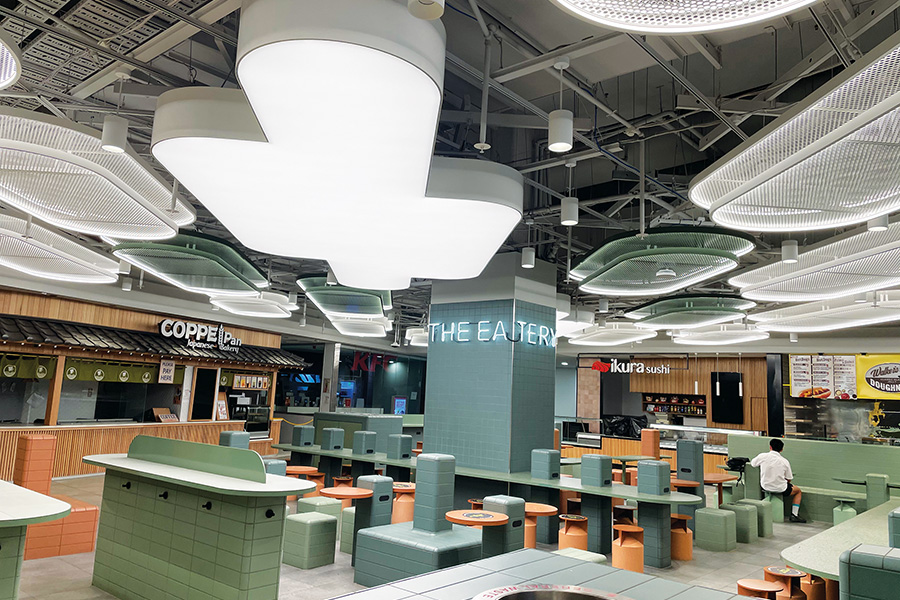
Large-scale bespoke ceiling treatments at Melbourne Central
The curatorial framework for most installations is often founded in a contextual analysis that includes research into a place’s heritage, aspirations, the surrounding natural environment, urban character and social agendas that relate to the viewer. This framework ensures that the activations or interventions are conceptually connected to both the artist and the audience.
Cultural kudos
Authenticity and storytelling play a large role. This is particularly so for indigenous-led activations where a strong sense of cultural identity and belonging is infused into the creative process. The accuracy of cultural references is paramount.
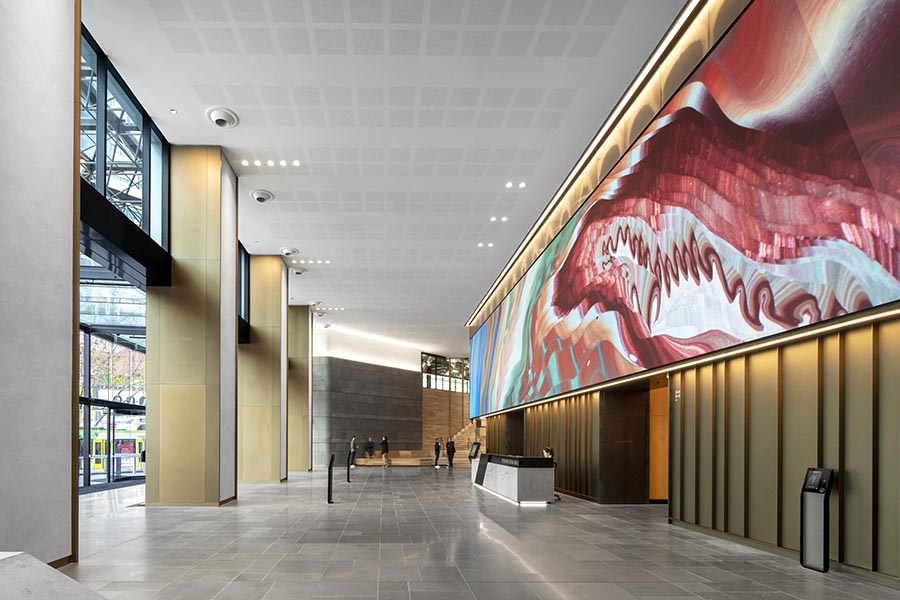
Melbourne Central Tower lobby
For the Melbourne Central Tower lobby, COX has reinterpreted the entire ground floor using a design that better engages with the outside world as well as with the building’s inhabitants. Content creation plays a major role in audience engagement and immersion. With this in mind, GPT partnered with Bengar Films and indigenous artist Peter Farmer to create bespoke motion art to connect people with the space on an emotional level with animated content entitled ‘Lands of Melbourne’.
Similarly, Dexus has implemented an award-winning large-scale digital activation at 180 Lonsdale Street. The Diadem commissioned content by Isamu Sawa (photographer/director) and Jake Reeder (cinematographer) uses subtle movement and a reduced colour palette to explore botanicals, water and ice, and creates a micro world for viewers with an opportunity to sit, contemplate and observe, in a location where people would otherwise walk straight past and not stop and engage.
- Large-scale digital activation at 180 Lonsdale Street, Melbourne
- Large-scale digital activation at 180 Lonsdale Street, Melbourne
The shared experience
American author Rebecca Solnit postures, “Culture is not only beneficial to cities; in a deeper sense, it’s what cities are for. A city without poets, painters and photographers is sterile”. The process of creating permanent and semi-permanent activations inspires people to collectively reimage and reinvent public and private spaces as the heart of the community.
The New York-based Project for Public Spaces organisation states, “strengthening the connection between people and the places they share, is a process by which we can shape our public realm in order to maximise shared value”.
The framework of shared value sits where a company’s success and social progress are interdependent. Increasingly, consumers are looking to business leaders to step in and play a greater role in advancing social or environmental issues. Contextual urban activations are a powerful mechanism that can create a visual language to engender advocacy and inclusion by heralding issues and raising awareness.
- Viewbox by Fugu Structures, Belgium
- Viewbox by Fugu Structures, Belgium
Activations and interventions can also tap into aspects of sustainability and recyclability. Viewbox by Fugu Structures, based in Belgium showcases aesthetically advanced modular structures, both semi-permanent and permanent.
Fugu has a design approach to reuse structures, limit waste and select materials chosen to limit environmental impact. Fugu immersive domes are constructed from a range of sustainable materials, including timberthat provides the structure for immersive AR/VR experiences.
Collaboration and currency is key. Optimal results are obtained through representatives of the zeitgeist that bring together contemporary perspectives on philosophical thought, political reality, technology, form and materiality with which to interpret stories, social commentary and hero creativity. SCN



